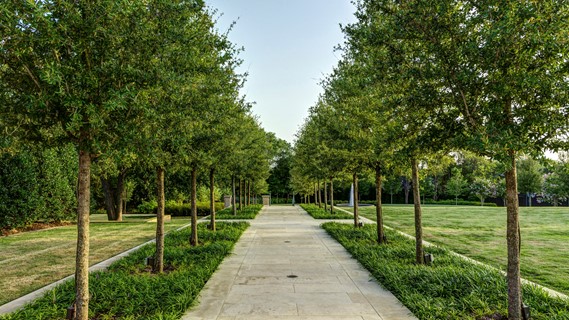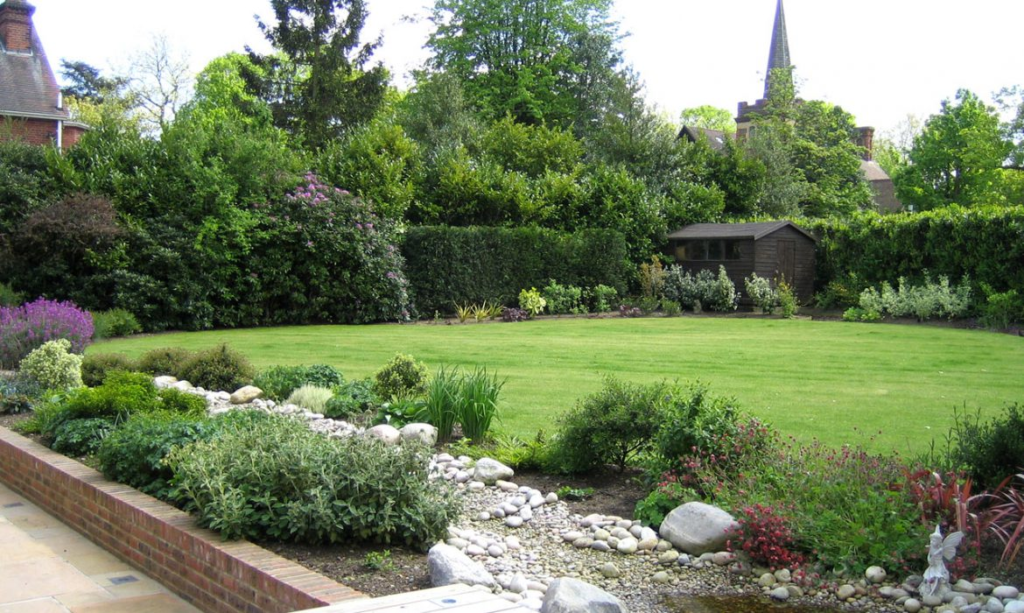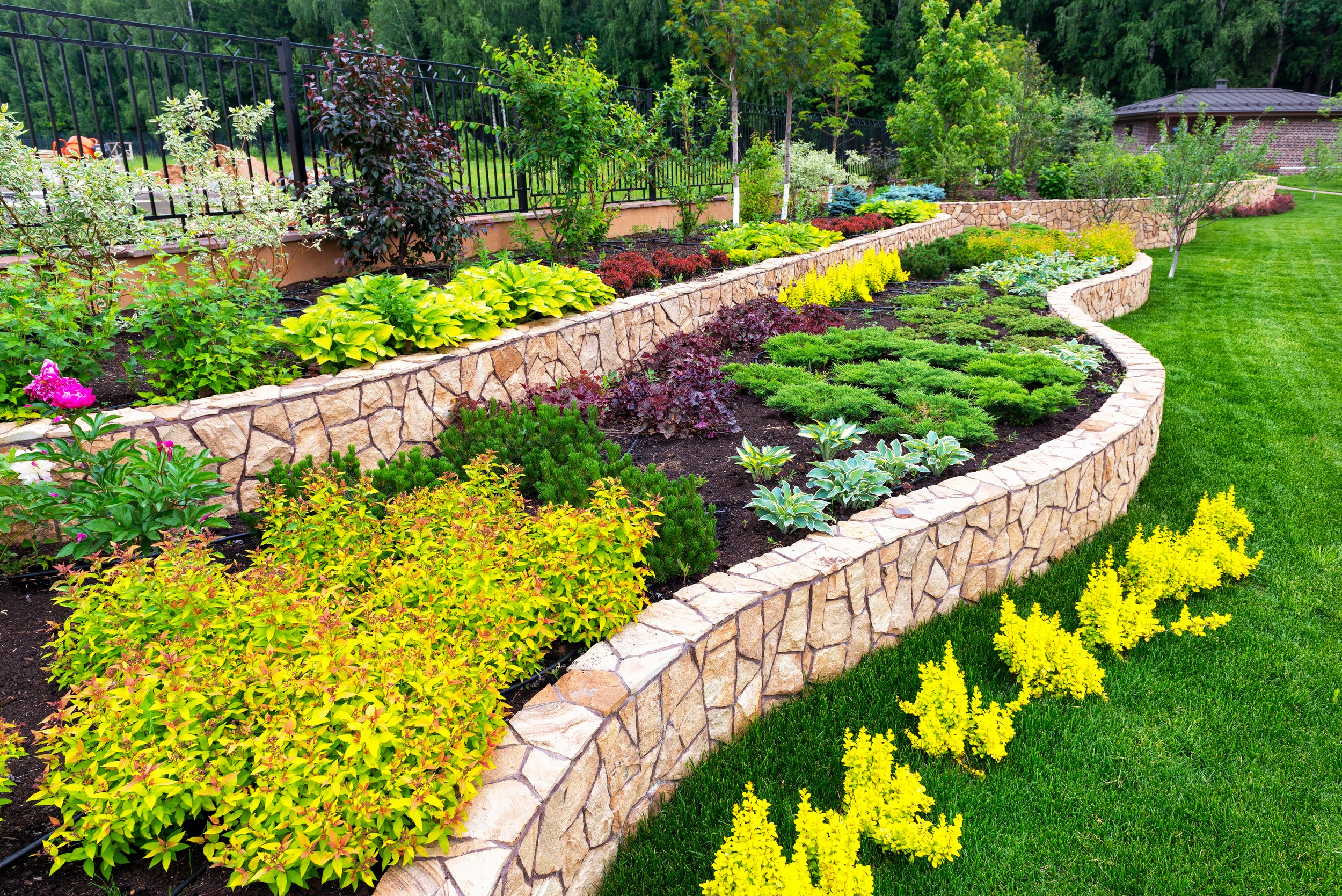Rumored Buzz on Hilton Head Landscapes
Table of ContentsThe smart Trick of Hilton Head Landscapes That Nobody is Talking AboutHilton Head Landscapes Fundamentals ExplainedThe Best Strategy To Use For Hilton Head LandscapesHilton Head Landscapes Can Be Fun For AnyoneThe smart Trick of Hilton Head Landscapes That Nobody is Talking AboutThe Only Guide for Hilton Head LandscapesAbout Hilton Head Landscapes
Line develops all forms and patterns and can be made use of in a range of means in the landscape. Line in the landscape is produced by the edge between 2 materials, the summary or shape of a type, or a long direct function. Lines are an effective tool for the designer because they can be made use of to develop a boundless selection of shapes and types, and they regulate activity of the eye and the body.

Lines can have one or even more features, such as those explained listed below, but they normally serve different purposes. Number 1. Lines in the landscape - hilton head landscapers. The buildings of lines determine just how people react to the landscape, both emotionally and physically. Straight lines are architectural and strong; they produce an official personality, are usually connected with a balanced layout, and lead the eye directly to a prime focus.
Hilton Head Landscapes Things To Know Before You Get This
Straight lines are usually located in hardscape edges and product. Bent lines produce an informal, natural, loosened up personality that is linked much more with nature and asymmetrical balance. Rounded lines relocate the eye at a slower speed and include mystery to the room by developing concealed views. Vertical lines relocate the eye up, making a room really feel larger.
Upright lines in the landscape consist of high, slim plant product, such as trees, or high frameworks, such as an arbor or a bird residence on a post. Horizontal lines relocate the eye along the ground plane and can make a room feel bigger. Reduced lines are more subdued and create a feeling of rest or repose.
The Ultimate Guide To Hilton Head Landscapes
Lines are likewise produced by the vertical forms of constructed features and plant material. There are three key line kinds that produce kind in the landscape: bedlines, hardscape lines, and plant lines.
Bedlines attach plant material to the home and hardscape due to the fact that the eye complies with the line, relocating the gaze via the landscape. Hardscape lines are produced by the side of the hardscape, which delineates the constructed framework. Line can likewise be produced by long and narrow products, such as a fence or wall surface.
The 5-Second Trick For Hilton Head Landscapes
Form is discovered in both hardscape and plants, and it is normally the dominant visual element that spatially arranges the landscape and commonly identifies the design of the yard. The kind of structures, plant beds, and garden ornaments also establishes the general form theme of the yard. Formal, geometric types consist of circles, squares, and polygons.
Plants develop type in the yard through their describes or silhouettes, but kind can likewise be defined by a gap or adverse area in between plants - landscaping hilton head sc (https://stevenagonzales5.wixsite.com/h1tnhdlndscps/post/transform-your-outdoor-space-with-hilton-head-landscapes). Circles can be cycles, or they can be divided right into half circles or circle segments and incorporated with lines to produce arcs and tangents
How Hilton Head Landscapes can Save You Time, Stress, and Money.
Circles can likewise be stretched into ovals and ellipses for even more variety and interest. Circles are a solid style form since the eye is always drawn to the center, which can be utilized to highlight a prime focus or attach various other types. Figure 2. Round types in hardscape and lawn panels.
The square type can also be segmented and previously owned repetitively to produce a grid pattern. Unlike circles, squares are more powerful on the edges, which can be lined up or overlapped to create unique patterns and more complicated forms.
Meandering lines often mimic the all-natural training course of rivers or streams and can be called smooth lines with deeply rounded undulations. Meandering lines (Number 3) work well for pathways, plant bedlines, and completely dry stream beds. Meandering lines can add interest and enigma to a yard by leading audiences around edges to find brand-new views and rooms.
Hilton Head Landscapes Can Be Fun For Anyone

Number 5. Fragmented sides: tipping stones in path. Kind is one of the most long-lasting top quality of a plant (landscapers in bluffton sc). https://peatix.com/user/22927863/view. Typical plant types are well established and standardized, as kind is one of the most regular and recognizable characteristic of plants. Type can additionally be produced via the massing of plants, where the general mass produces a different type than a private plant.
An extremely contrasting form should be made use of with careone or more job well as a prime focus, yet way too many create mayhem. Natural plant forms, instead than over-trimmed kinds, must establish the bulk of the structure. The importance of total kind is basically depending on the viewing perspectivethe type of a tree can appear quite different to a person standing under the canopy versus viewing the tree from a distance in an open area.
The Ultimate Guide To Hilton Head Landscapes
Plant forms likewise produce and define deep space or open spaces between the plants, creating either convex or scooped types in the spaces. High-arching tree branches usually produce a concave open area under the branches, and a round cover with reduced branches fills the area to develop a convex form outdoors space under the tree.
